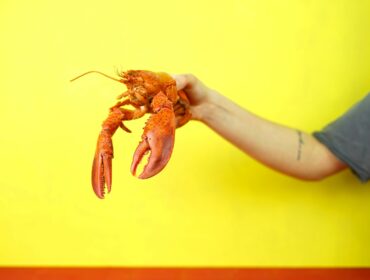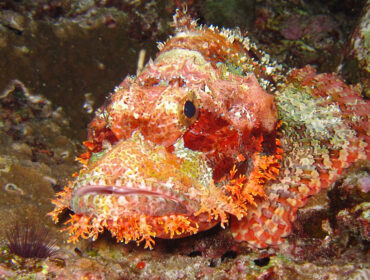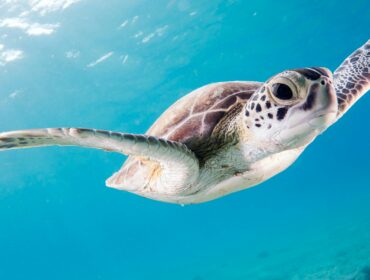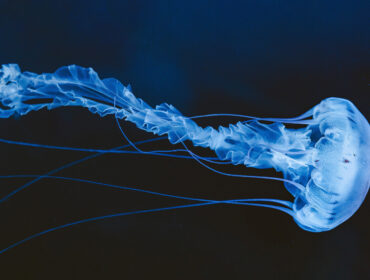This post is a continuation of yesterday’s post on identifying coral on the reef. Check out some great info on hard corals there!
Yesterday, we looked at several interesting and important species of hard coral, but identifying coral species gets even trickier when it comes to soft corals. Soft corals do not produce an exoskeleton, but they do have tiny sclerites, or hardened body structures, that aid biologists in identifying particular species. Almost all harbor symbiotic algae, which rely on photosynthesis to produce food for the corals, but they will also eat pretty much anything that happens in the water column.
Some species resemble anemones, tube worms, and other marine life, so unless you’re a marine biologist, you may be stumped as to whether it’s actually coral or not. Let’s take a look at several beautiful types of soft coral that are commonly seen on tropical reefs.
Gorgonian
Also known as sea whip and sea fan, the gorgonian (Alcyonacea) comprises tiny polyp colonies that typically develop flattened, interconnected branches that resemble delicate lace or a fan. Some are even rather bushy when mature. Gorgonians display brilliant hues of orange, red, yellow, pink, purple, and white, and while able to grow several feet high and across, they are typically only a few inches thick. The size, shape, and appearance of gorgonians depend largely on their location. The more flexible and fan-shaped it is, the rougher the water tends to be, while calmer, deeper waters tend to harbor taller, more whip-like configurations.
Carnation Coral
Carnation corals (Dendronephthya) are some of the reef’s most beautiful soft coral species and a fantastic underwater photography subject, with upright stalks that display beautiful branches of bushy polyps at their tips. They come in multiple color combinations, but it is not due to the coloration of their symbiotic algae, as they have none. Carnation corals depend entirely on zooplankton and phytoplankton floating in the water column to survive.
Toadstool Coral
Toadstool Coral (Sarcophyton): Also known by a host of other names like Leather Coral, Mushroom Leather Coral and Trough Coral Sacrophyton corals are found in various shades of brown, with white or gold polyps. It is difficult to identify many species because they all have the similar appearance of a mushroom or toadstool, each with a distinct stalk and capitulum (cap). As they grow older, they develop a folded appearance.
Sea Pen
The sea pen (Pennatulacea) can be found in tropical and temperate waters worldwide, at depths of 33 feet to an astonishing 20,000 feet below the surface. Not all species appear as the one pictured here; some manifest a more club-like or radial form. Sea pens are a type of octocoral, meaning each of their polyps bears eight tentacles, each of which performs a specialized function. Reaching 6.5 feet, the sea pen roots itself into the substrate and filters plankton from the water column with its plumage.
Bubble Coral
If you didn’t know what you were looking at, it would be easy to mistake bubble coral (Plerogyra sinuosa) for an anemone or a cluster of eggs. This delicate species expands during the day to increase the surface area exposed to sunlight for its symbiotic algae and retracts at night to let its tentacles out to feed. Bubble coral can grow to a meter across and is typically found in shallow tropical reefs.




